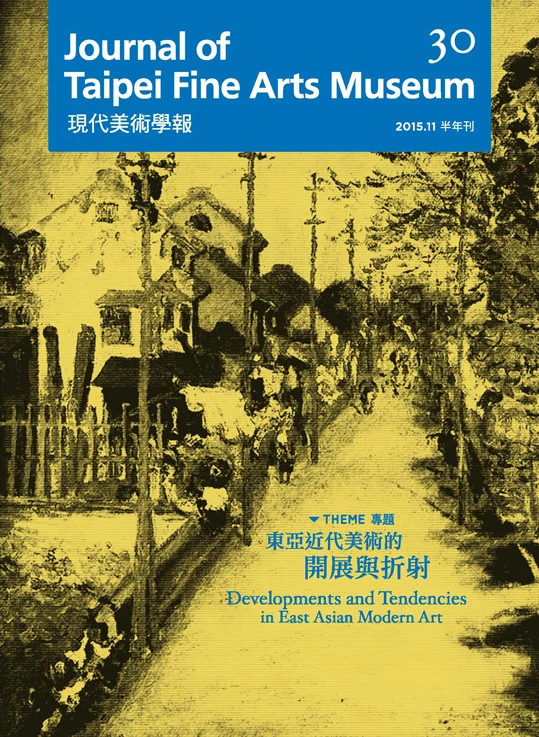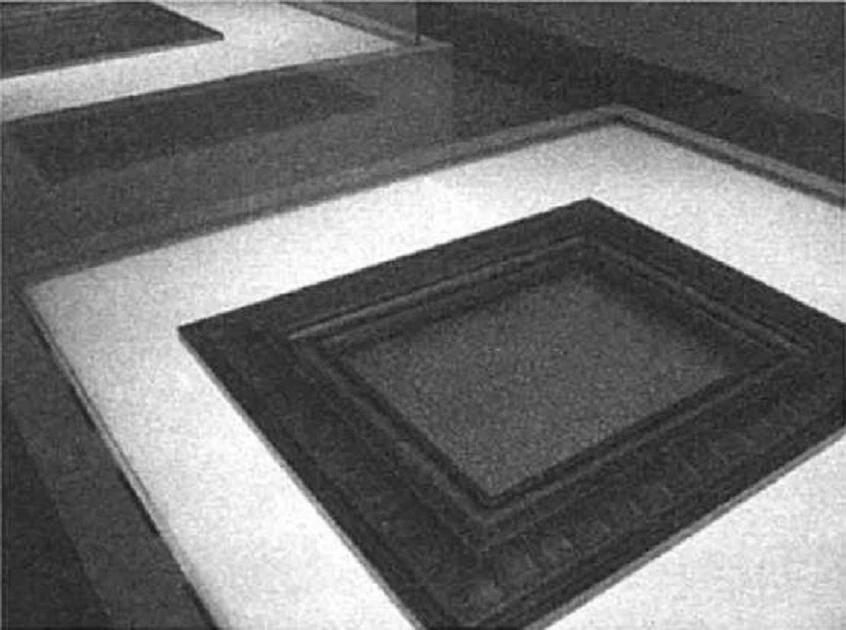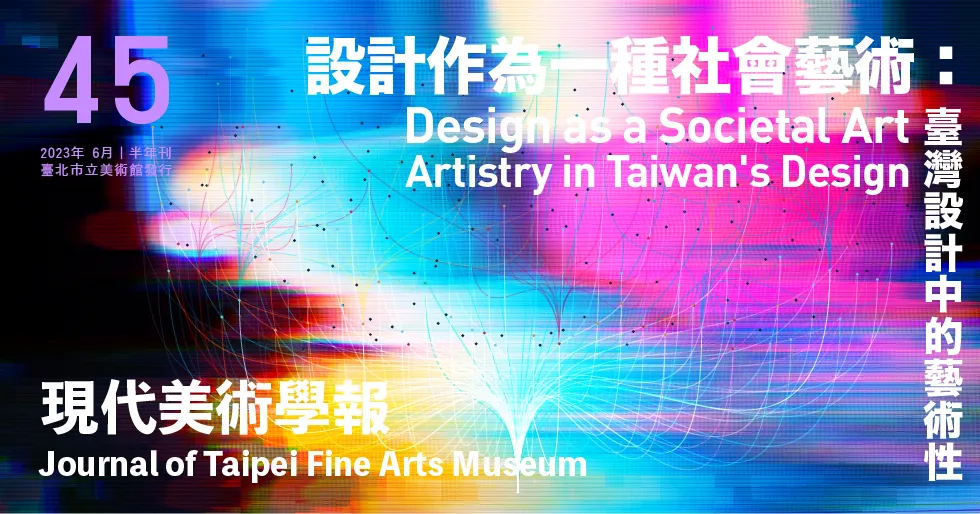摘要
本文認為,補丁匠是動畫家的自我形象的原型,而透過補丁匠角色,得以理解動畫家在不同的勞動過程中的折衝抗衡與自我想像。回顧美國的工業動畫史,補丁匠角色約在1920年代晚期出現,卻在十年間幾近消失,而此一發展正與動畫公司由小型工作坊轉為大型生產線的發展貼合。同時,此一發展亦可透過操作美學的演變來映證。當動畫公司轉為密集勞動分工,純粹的操作美學亦逐漸取代了補丁匠角色。綜合上述,本文將以早期迪士尼、弗萊雪的作品為主,阿德曼「酷狗寶貝」系列為輔,並從動畫家個人、動畫公司的生產模式與操作美學的呈現等三個面向,深入分析補丁匠角色與所相伴的操作美學的演變,探索其文化與社會意涵。
關鍵詞
動畫、勞動、補丁匠、麥凱、弗萊雪、迪士尼、阿德曼、DIY、操作美學
Abstract
The tinkerer may not be the most pervasive character in the history of the American animation, but its presence often marked important turning points in the early development of the animation industry. In the late 1920s, the character of the tinkerer first appeared in popular animated cartoons, but disappeared within a decade. Interestingly, its demise coincided with the labor rationalization process that was implemented to produce feature-length animated films. In many ways, the division of labor clashed with the work of the tinkerer, not only in industrial society as a whole, but with animators, who I argue to have always invested in the tinkerer identity. Moreover, the development of the tinkerer character can be identified through the transformations of the operational aesthetic which in turn began to eclipse the tinkerer character in the final stage of full labor rationalization. The essay will therefore approach the tinkerer character in animation from the perspective of the animator, the mode of production of the studio and the operational aesthetic in the major works by early Disney, Fleischer, and Aardman Animations in order to explore their social and cultural meanings.
Keywords
animation, labor, tinkerer, Winsor McCay, Fleischer, Disney, Aardman, DIY, operational aesthetic





